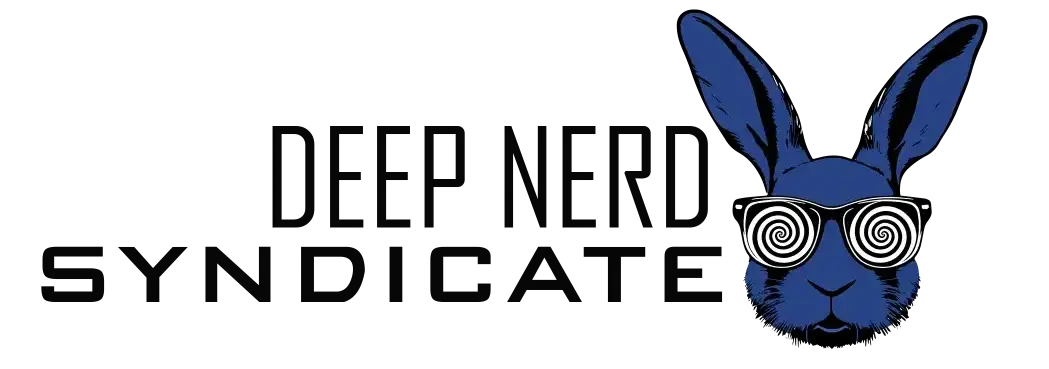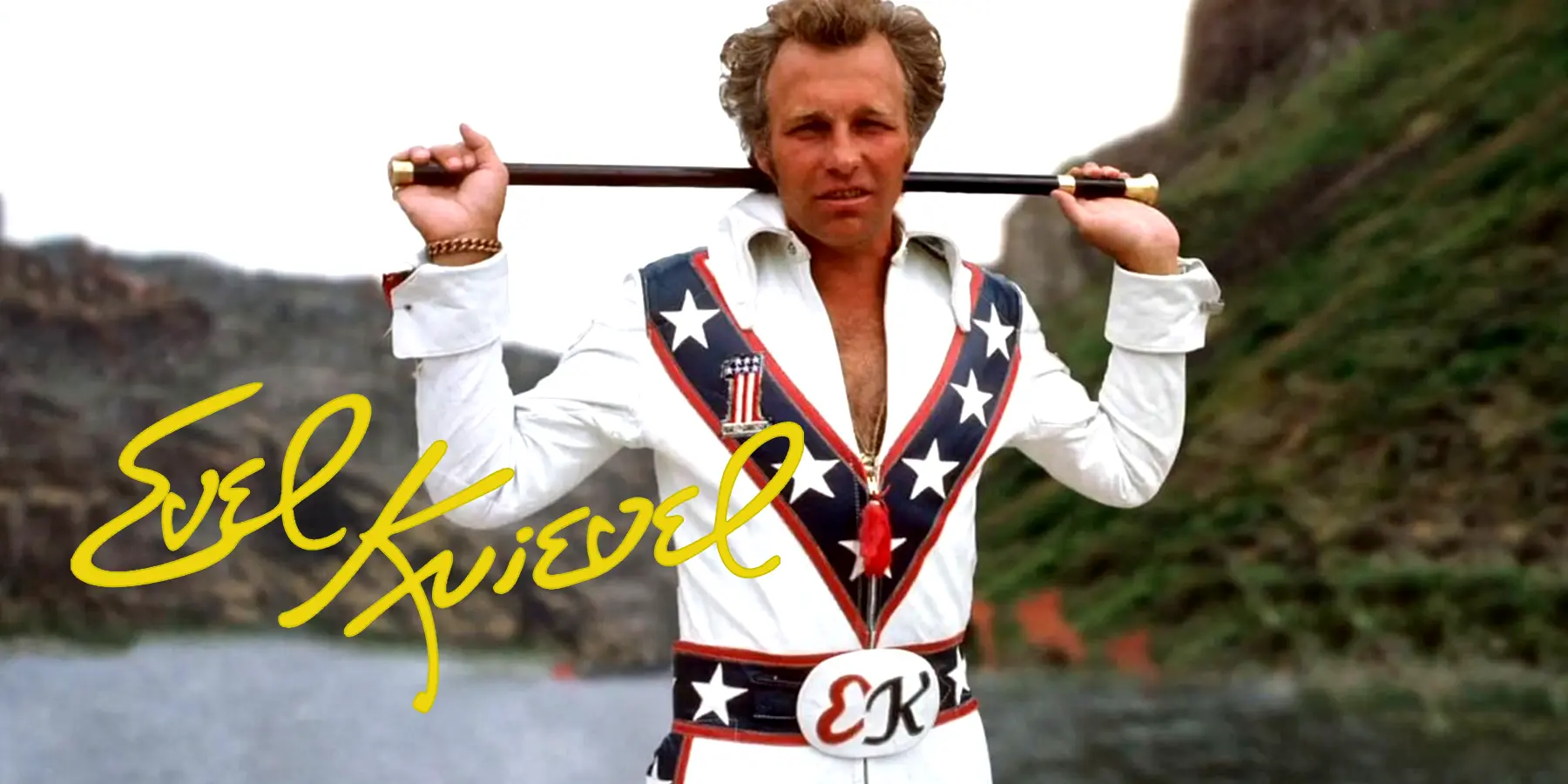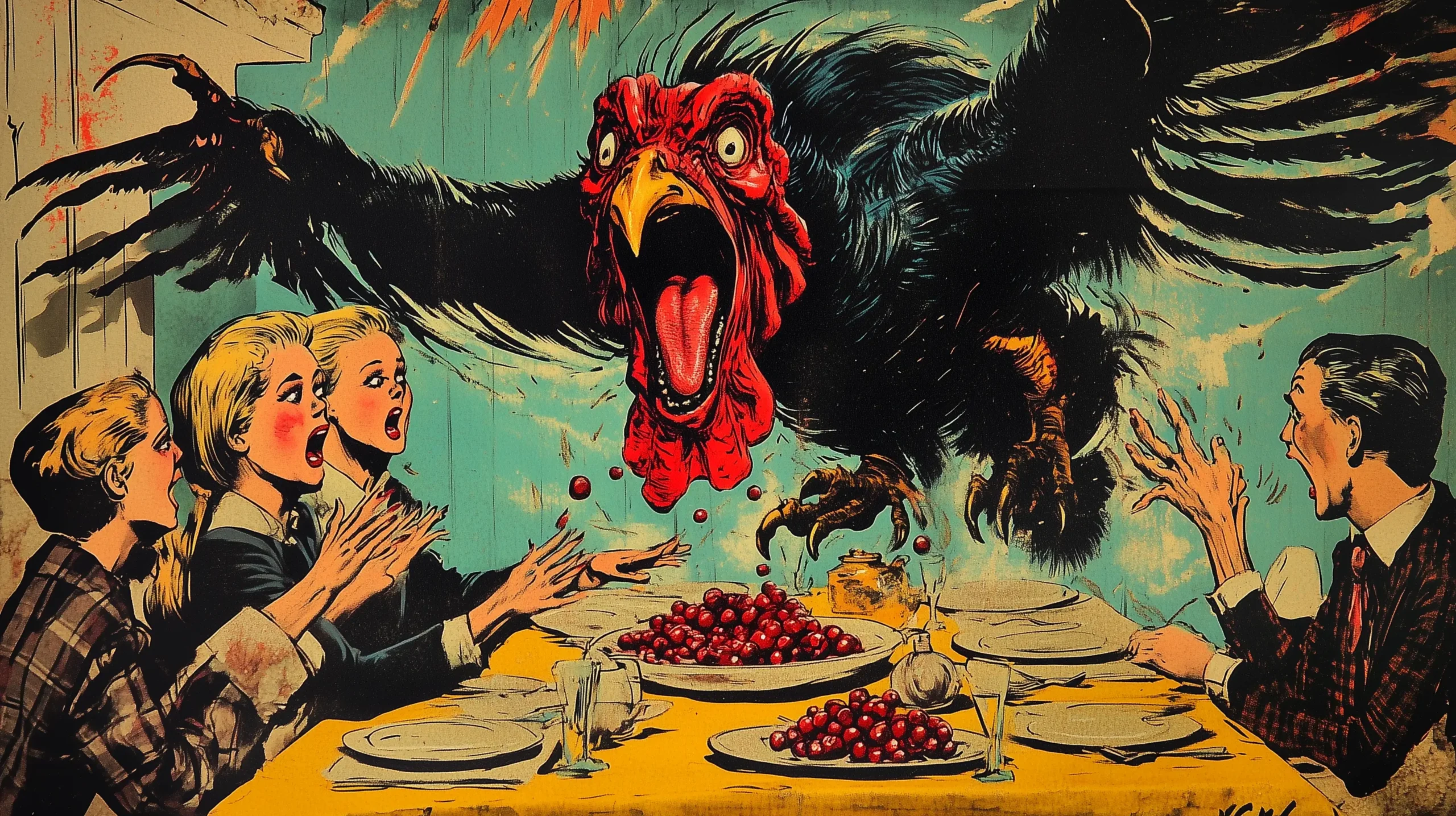Before stealthy assassins became pop culture punchlines and Saturday morning cartoon mascots, there was one man who brought the ninja out of the shadows and into the action spotlight: Sho Kosugi. He wasn’t a real ninja—but that didn’t matter. He moved like one, fought like one, and looked better in black than anyone since Darth Vader.
From brutal revenge tales to supernatural possession thrillers, Sho Kosugi wasn’t just a martial arts actor—he was the ninja blueprint for a generation of moviegoers, martial arts junkies, and kids reenacting fights with plastic swords in their living rooms.
Let’s throw down a smoke bomb and disappear into his cinematic legacy.

Before the Shinobi: A Martial Arts Master in the Making
Born June 17, 1948, in Tokyo, Japan, Sho Kosugi started his martial arts journey early—and by 18, he was already All-Japan Karate Champion. That’s not small potatoes. This wasn’t cosplay—Kosugi had the real skills:
- Karate – Black Belt (and fierce as hell)
- Kendo
- Judo
- Aikido
- Iaido
- Taekwondo
Let that sink in: the man was a walking martial arts mixtape.
Though never officially trained in ninjutsu (because, let’s be real—ninjas didn’t exactly run open schools), he understood the cinematic language of stealth, precision, and raw discipline. And he could act. That rare combo made him the perfect ninja for the screen.
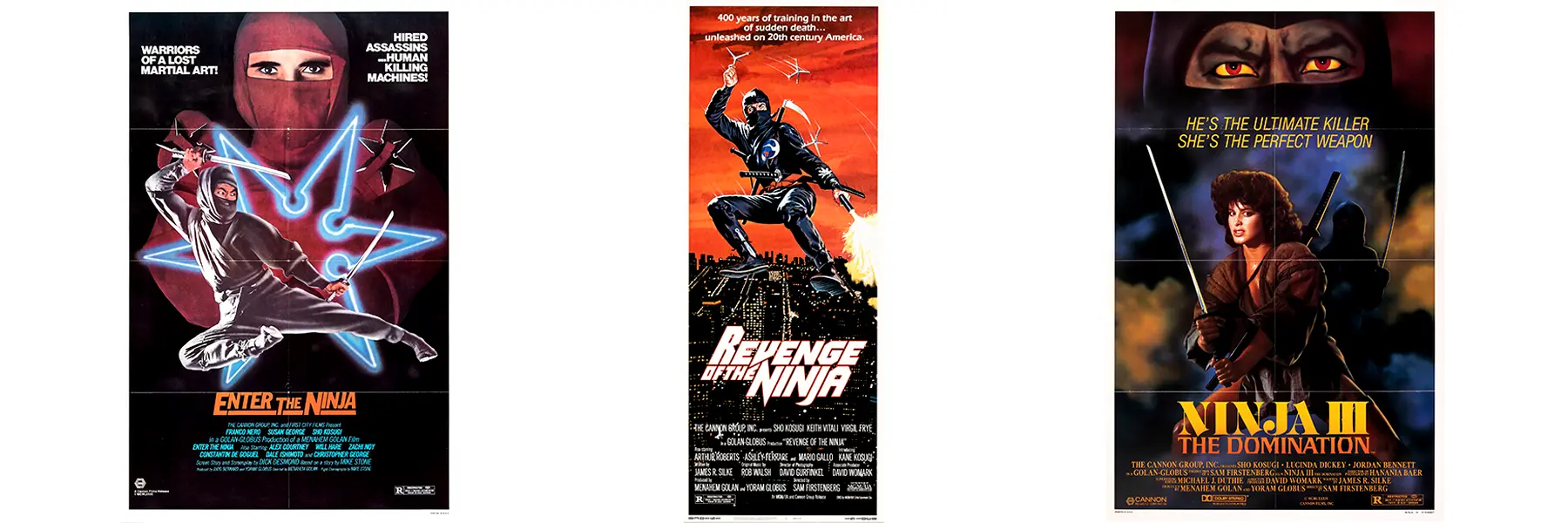
Kosugi’s Ninja Boom: Filmography of Fury
When the ninja craze hit in the early ’80s, Kosugi was the spark that lit the fuse. Here’s the breakdown:
Ninja Films
- Enter the Ninja (1981) – Kosugi plays the deadly rival Hasegawa, stealing scenes from Franco Nero. The film that kicked off the American ninja craze.
- Revenge of the Ninja (1983) – Kosugi’s first leading role as Cho, a ninja hell-bent on vengeance. Pure ninja cinema.
- Ninja III: The Domination (1984) – Possession, aerobics, and swordplay. Kosugi + exorcisms = cult classic.
- Pray for Death (1985) – A retired ninja forced back into action? Yes, please.
- Rage of Honor (1987) – Less ninja, more 007 meets martial arts, but still full Kosugi.
- Black Eagle (1988) – Kosugi versus a young Jean-Claude Van Damme in a Cold War throwdown.
Non-Ninja Films (but still deadly)
- Nine Deaths of the Ninja (1985) – Commandos, terrorists, and Kosugi being Kosugi.
- The Master (TV series, 1984) – As recurring villain Okasa to Lee Van Cleef’s aging sensei. Ninja-on-ninja action for prime time.
- Blind Fury (1989) – Cameo time! Kosugi shows up alongside Rutger Hauer in this modern Zatoichi riff.
Kosugi and the Stars
When you play with ninja weapons for a living, you tend to cross paths with legends:
- Franco Nero (Enter the Ninja) – Italian cinema icon and cowboy-turned-shinobi.
- Lee Van Cleef (The Master) – Spaghetti Western royalty turned reluctant ninja mentor.
- Jean-Claude Van Damme (Black Eagle) – Future Muscles from Brussels meets seasoned swordmaster.
- Lucinda Dickey (Ninja III) – Breakdancer meets ninja ghost. It was the ’80s, okay?
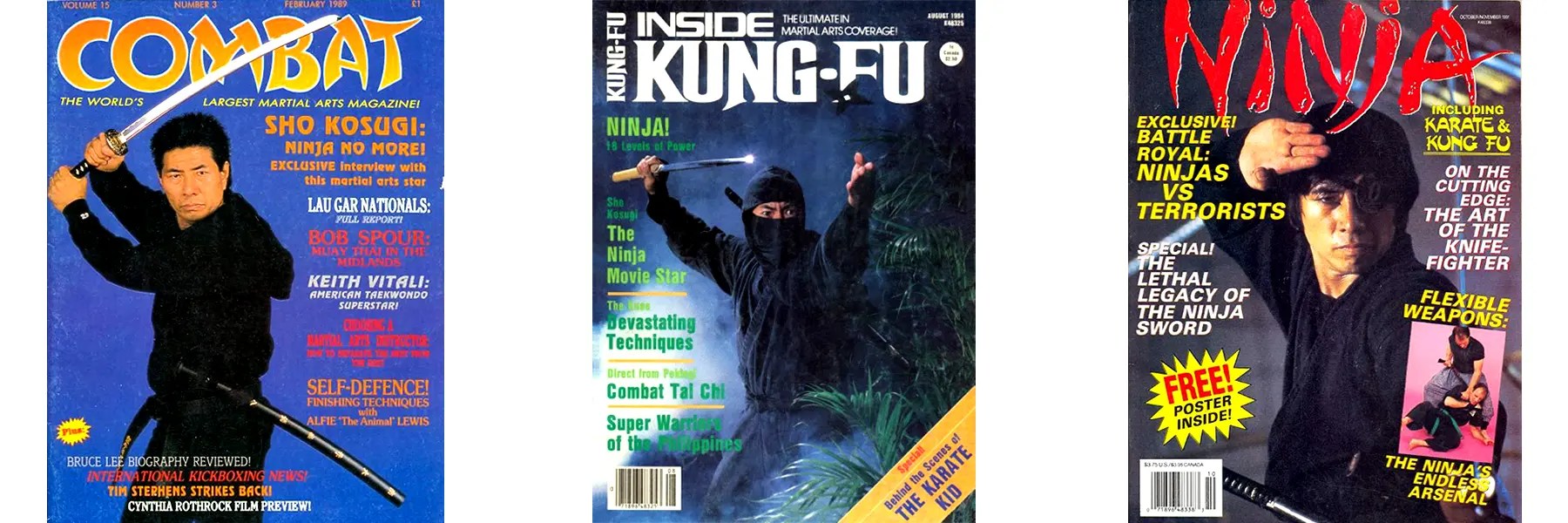
Kosugi in the Media: The Black Belt Cover King
During the peak of the ninja boom, Sho Kosugi was everywhere—and not just on VHS shelves:
- Black Belt Magazine
- Inside Kung Fu
- Martial Arts Illustrated
He didn’t just pose with swords—he wrote books, gave technique breakdowns, and inspired a generation of students to join dojos across the country. His image helped sell uniforms, weapons, and training videos, and his covers were like ninja commandment tablets for martial arts nerds.

The Kosugi Legacy: Father, Fighter, Franchise
Yes—there’s more Kosugi where that came from.
Sho’s son, Kane Kosugi, followed in his father’s ninja-clad footsteps. Together, they co-starred in Revenge of the Ninja and Pray for Death, passing the torch through roundhouse kicks and tight stunt choreography.
Kane later built his own career in international action films, becoming a respected martial artist and actor in his own right. This wasn’t just a family—this was a dynasty of devastation.
Why Kosugi Still Matters
Let’s be honest—Sho Kosugi’s films were never about polished scripts or Oscar bait. They were about:
- Fast fists.
- Slo-mo shurikens.
- Unapologetic action with a side of spiritual stoicism.
He made martial arts look beautiful and brutal. He gave ninjas a cinematic home. And most importantly, he inspired an entire culture—from Teenage Mutant Ninja Turtles to GI Joe’s Storm Shadow—to think ninjas were the coolest thing ever. (Because they were.)
Final Thoughts: The Real Ninja Code
Sho Kosugi didn’t need CGI. He didn’t need a gimmick.
He needed a sword, a stare, and a story about revenge.
And with that, he built a legacy—one movie, one magazine cover, one flying kick at a time.
So if you’ve got old VHS tapes in the attic or a katana-shaped hole in your heart, it’s time to revisit the master.
Because in the world of cinematic ninjas…
Kosugi is still the shogun.

